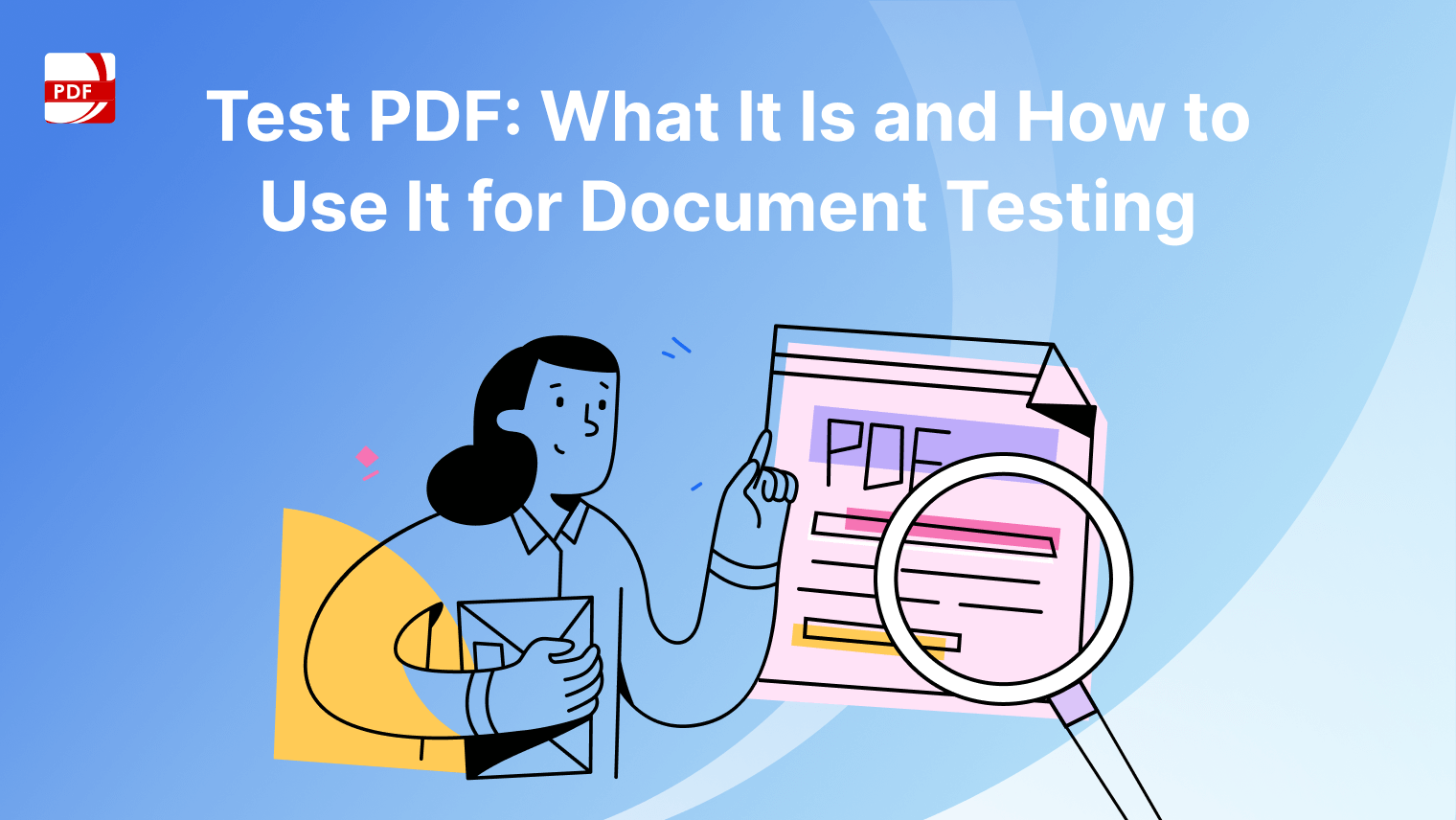A well-designed course syllabus is a crucial document for both instructors and students. It sets the tone for the course, outlines expectations, and serves as a roadmap for students to follow. Whether you're teaching a high school course, a college class, or a workshop, an effective syllabus ensures that your students are aligned with the course goals, content, schedule, and assessment criteria.
In this guide, we will walk you through the steps to create a comprehensive syllabus and provide a ready-to-use template that can be customized to fit your needs.
What is a Course Syllabus?
A course syllabus is a document that outlines key information about a specific course, serving as a guide for both instructors and students throughout the academic term. It provides a clear framework for the course’s content, structure, policies, and assessment methods, helping to set expectations from the very beginning.
Benefits:
-
Saves Time: Streamlines the syllabus creation process, allowing instructors to focus on course content.
-
Improves Clarity: Ensures students have all the important details in one organized document.
-
Flexible Use: Can be adapted for different subjects, educational levels, and teaching formats (in-person or online).
A syllabus is more than just a document listing class content—it sets expectations, clarifies responsibilities, and offers a clear path for academic success. It also acts as a contract between the instructor and the students, helping to avoid misunderstandings about course requirements.
Essential Elements of a Course Syllabus
A well-constructed course syllabus provides structure and guidance for both instructors and students. The following are the essential elements that should be included in any course syllabus:
1. Course Information
This section provides fundamental details about the course, such as:
- Course Title and Code: The official name and code assigned by the institution.
- Term and Year: Specify the semester or quarter, and the year.
- Class Schedule: Days, times, and location (or online platform details).
- Instructor Name: The name of the instructor or teaching team.
- Instructor Contact Information: Office location (if applicable), email address, phone number, and office hours.
2. Course Description
- A concise summary of the course content.
- Mention the central themes, key concepts, and any prerequisites.
- Explain the course's relevance to broader academic or professional goals.
3. Course Objectives and Learning Outcomes
This is the most critical section, as it defines the purpose of the course:
- Course Objectives: The broader goals that the instructor intends for students to achieve.
- Learning Outcomes: Specific skills or knowledge students are expected to acquire by the end of the course, often stated as measurable outcomes (e.g., "Students will be able to...").
4. Required Materials
- Textbooks: Provide full details about required textbooks, including editions and ISBNs.
- Readings: List any additional readings, articles, or resources that will be needed throughout the course.
- Technology: Specify any necessary software, hardware, or online platforms students will need to access (e.g., learning management systems, video conferencing tools).
5. Course Schedule
A detailed week-by-week or session-by-session breakdown of:
- Topics: The specific content covered each week.
- Readings: Assigned reading materials for each class or topic.
- Assignments: Homework, projects, or essays with due dates.
- Exams: Dates for quizzes, midterms, and final exams.
- Important Dates: Any holidays, breaks, or other significant events that may affect the schedule.
6. Assessment and Grading Criteria
A clear explanation of how students will be evaluated and how grades will be determined:
- Assignments: A breakdown of the types of assignments (e.g., essays, projects, presentations) and their weight in the overall grade.
- Exams and Quizzes: Information on the number, format, and weight of exams and quizzes.
- Participation: If applicable, explain how participation will be graded.
- Grading Scale: Outline the grading rubric or scale (e.g., percentage ranges for A, B, C, etc.).
7. Course Policies
Clear guidelines on how students are expected to conduct themselves:
- Attendance and Participation: The requirements for attendance and participation, including consequences for excessive absences.
- Late Submissions: Policies for submitting late assignments and any associated penalties.
- Academic Integrity: A statement on plagiarism, cheating, and academic honesty.
- Classroom Etiquette: Guidelines on behavior during class sessions, such as using technology, arriving on time, or participating in discussions.
- Communication: Explain how and when students should communicate with the instructor, including response time for emails or other messages.
8. Student Support and Resources
- Disability Accommodations: Information on how students can request accommodations for disabilities.
- Counseling and Mental Health Services: Contact details for mental health services and other support resources available on campus.
- Academic Support: Provide information about tutoring centers, writing labs, and other academic resources that students can access.
9. Instructor’s Teaching Philosophy (Optional)
This section, though optional, can give students a deeper understanding of the instructor’s approach to teaching and learning:
- Teaching Style: Describe your teaching methods and how you engage students in the learning process.
- Expectations for Student Engagement: Outline how you expect students to engage with the material and participate in class.
10. Flexibility Statement
- A disclaimer noting that the syllabus is subject to change if needed (e.g., in response to unforeseen events, shifts in the academic calendar, etc.). Always include a note stating that any changes will be communicated to students in advance.
A well-organized and comprehensive syllabus ensures clarity, sets expectations, and provides a solid foundation for a productive and structured learning experience. Each of these elements plays an integral role in enhancing both the instructional process and the students’ learning outcomes.
Download Course Syllabus Template
This course syllabus template is designed to help instructors efficiently plan and organize their courses. With clear sections for course descriptions, objectives, required materials, and grading policies, this template provides everything needed to communicate expectations to students.
The easy-to-follow structure ensures that students are well-informed about the course content, important dates, and assessment criteria, making it easier for both teachers and students to stay on track throughout the semester.
The customizable layout allows you to adapt the template to suit any subject or course level. Whether you're teaching a university course or a professional workshop, this syllabus template ensures that all necessary details are covered in a clean and professional format. From scheduling weekly lessons to outlining course policies, this template streamlines the process of syllabus creation.
This course syllabus template provides a well-structured approach to organizing your class. It allows instructors to clearly communicate course expectations, schedules, and grading criteria to students, ensuring everyone is aligned from the beginning. The template is flexible and easy to customize, making it suitable for a variety of courses and educational levels.
Tips for Writing an Effective Syllabus
Creating a syllabus that is both informative and engaging requires careful planning and consideration. Here are some key tips to ensure your syllabus is effective:
1. Be Clear and Concise
- Use Simple Language: Avoid jargon and overly complex terms. Ensure that the language is easy to understand for students at the course level.
- Be Direct: State your policies, expectations, and course requirements clearly to prevent misunderstandings.
- Avoid Overloading with Information: Keep the content focused on essential details. Lengthy or overly detailed syllabi can be overwhelming.
2. Align the Syllabus with Learning Outcomes
- Start with Objectives: Ensure that the course structure and content are directly tied to your learning outcomes. Each section of the syllabus, including assignments and assessments, should align with what students are expected to learn.
- Make Outcomes Measurable: Clearly define learning outcomes that are specific and measurable, such as “Students will be able to analyze X,” rather than vague outcomes like “Students will understand X.”
3. Provide a Detailed Course Schedule
- Include Important Dates: List all assignment due dates, exams, holidays, and other key dates so students can plan ahead.
- Be Flexible but Consistent: While it’s important to stick to a schedule, include a statement that the syllabus may be subject to change if needed (with proper notice to students).
- Use Tables or Lists: Present the course schedule in an organized, easy-to-read format like a table or list.
4. Clearly Define Expectations
- Explain Your Teaching Style: Help students understand how the course will be taught (e.g., through lectures, discussions, projects, etc.) and how they are expected to engage.
- Set Standards for Participation: Clearly state what constitutes participation, whether it’s contributing to discussions, attending class regularly, or engaging with peers online.
- Attendance and Late Work Policies: Ensure students are fully aware of how attendance will be monitored and any consequences for missing deadlines or exams.
5. Be Transparent About Grading
- Break Down the Grading Criteria: Provide a detailed explanation of how each component (e.g., assignments, exams, participation) will contribute to the final grade.
- Use Rubrics if Available: If possible, provide rubrics for major assignments or projects so students know how their work will be evaluated.
- Explain Weighting: If different assignments or exams have different weights, clearly outline how much each one contributes to the overall grade.
6. Foster a Positive Learning Environment
- Include a Welcome Statement: Start with a positive, welcoming introduction that sets an inclusive and engaging tone for the course.
- Encourage Open Communication: Let students know how and when they can reach you, emphasizing that you are approachable and available for help or clarification.
- Promote Inclusivity: Include statements on respectful classroom behavior, and let students know that diversity of thought and experience is valued.
7. Incorporate Active Learning
- Plan for Interaction: Build in opportunities for discussion, collaboration, and participation in class, whether in-person or online.
- Highlight Applied Learning: Emphasize how students will engage with real-world problems or projects that reinforce theoretical concepts.
8. Use Visual Elements for Readability
- Organize Information: Break the text into sections with headings and bullet points to make the document more readable.
- Use Tables and Charts: For course schedules, grading breakdowns, or assignment timelines, consider using visual elements like tables to organize the information.
- Highlight Important Details: Use bold or italicized text sparingly to draw attention to key points such as major deadlines or specific policies.
9. Consider Accessibility
- Provide Accessible Formats: Ensure that your syllabus is available in formats that are accessible to all students, including those with disabilities (e.g., using screen-reader-friendly fonts and file formats).
- Use Plain Fonts: Avoid decorative or complex fonts that may be difficult to read. Stick to plain, readable fonts like Arial or Times New Roman.
10. Include Resources and Support Information
- Add Campus Resources: Include information on support services like the writing center, tutoring, mental health services, and disability accommodations.
- Encourage Academic Integrity: Make sure students are aware of academic honesty policies and explain why integrity is important to their education.
11. Be Adaptable
- Allow for Flexibility: Let students know that while the syllabus provides structure, some adjustments may be necessary as the course progresses (with clear communication of any changes).
- Update Regularly: Review and update your syllabus each time you teach the course to ensure it reflects any changes in the course content or institutional policies.
By following these tips, you can create a syllabus that is not only functional and informative but also encourages student engagement and success throughout the course.



